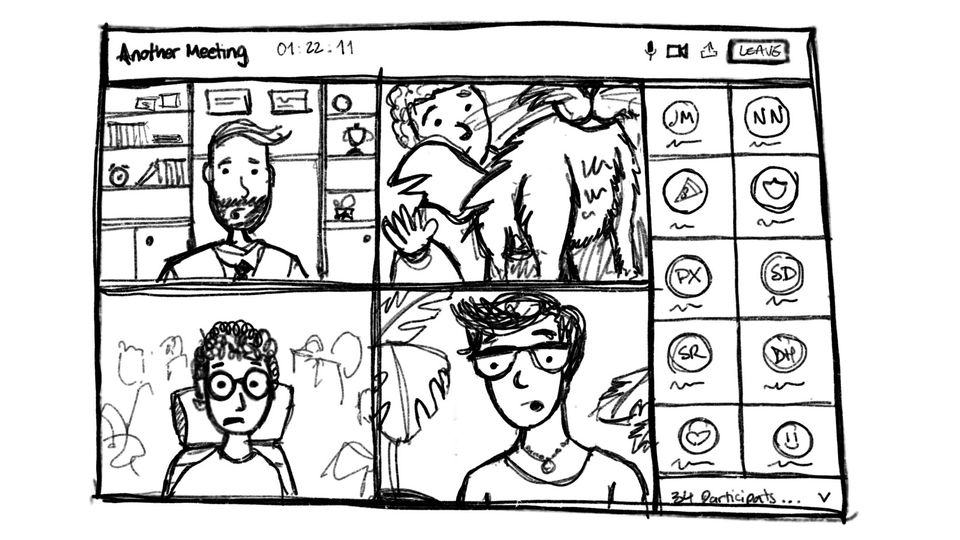To meet or not to meet, that is the question...

Meetings have always been at the heart of collaboration. You set a time and space, sometimes even prepare an agenda, get together and off to the talking. This usually works really well, as long as its a small group of people. You get to listen and share thoughts, lay out the arguments and decide on action items other than: "let's book another meeting to further discuss this".
As soon as the group starts to grow, it's very easy for things to get a bit messy:
- The "loudest" voices in the room take over the direction of conversations.
- There isn't enough time to cover the agenda.
- Everyone has something to say, yet no-one listens.
- You end up discussing things that weren't even the reason why you met in the first place.
If your meetings sound something like this, then you might want to try running a workshop instead.
At it's core, a workshop is a series of collaboration exercises to help you structure and guide a conversation between a group of people. Workshops come in all shapes and sizes, and can be tweaked to assist in any situation. Good workshops tend tend to follow the 4Cs Framework:
- Collect data, challenges and inspiration.
- Choose what to focus on and what not to focus on.
- Create lots of solutions to the prioritized problems.
- Commit by taking prioritised solutions and creating a plan of action.
The beauty of a good workshop is that it gives everyone a voice, it's focused and timeboxed, and has a clear goal or outcome that you are working towards. It is the perfect tool to bring sense to chaos. This is made possible by following three key princicples:
- Together, alone.
Even though you are in the same space, you work individually. No brainstorming, no negotiations. You all work towards a common goal. It might sound counterintuitive, but it works. - Everything is anonymous.
This helps remove bias and allows participants to be more adventurous. - Creativity is nice to have but not essential.
The right environment and step-by-step system allows people to experiment with ideas, reducing the need to be creative.
Last but not least, at the heart of any workshop is the facilitator. This is the person who guides the participants through the process and keeps the conversations focused and on time. This could be you, or someone in your team who feels confident to run a room, without getting in the way.
Running your first workshop might feel a bit intimidating, and that's ok. Facilitation can be tricky sometimes, but with practice you might end up loving it.
If you feel like giving it a go, here's a link to one of my favourite workshops:
The Lightning Decision Jam by AJ&Smart
This workshop was developed by a creative agency in Berlin called AJ&Smart and they have really good content to help you learn and run one. I've used it many times in person and remotely, with very different groups of people, and it has always been super helpful to get alignment and drive action.
Next time you have a big meeting, you might want to consider running a workshop instead. Avoid the crazy, and bring sense to chaos.
PS: If you like what you read you might want to consider subscribing 😉.
The 4C's Framework definition and the exercises described in this article where inspired or created by: AJ&Smart. This article was inspired by The Sprint Book written by Jake Knapp. In his book, Jake covers a series of workshops that have been used to drive change across companies like Google, Apple, Lego, Nike, airbnb, Spotify and more.